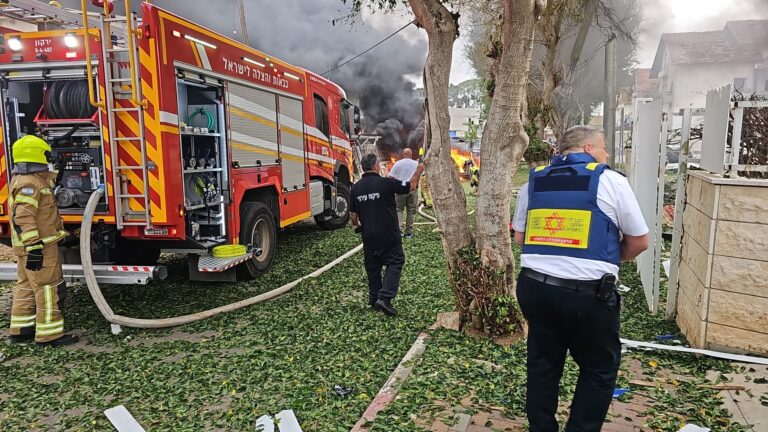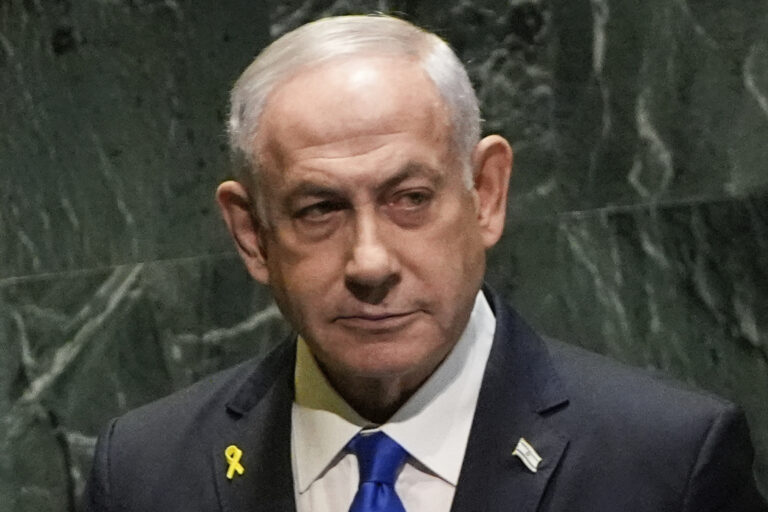 The FCC launched a proceeding Thursday to explore whether communications can be restored after natural disasters or emergencies by putting specially equipped drones or other aircraft in the air.
The FCC launched a proceeding Thursday to explore whether communications can be restored after natural disasters or emergencies by putting specially equipped drones or other aircraft in the air.
While the commission action sounds like something out of a sci-fi movie, Deployable Aerial Communications Architecture in Emergency Communications has the ability to temporarily restore critical communications — including emergency response and 911 calling — when land-based services are knocked out.
“Like science fiction, it is technologically complex,” FCC Chairman Julius Genachowski said, before the panel’s unanimous vote. “But it’s not that hard to understand, if you imagine a cell tower that is floating or flying in the sky.
When Hurricane Katrina hit, it knocked out dozens of 911 call centers, and millions of people lost their telephone service. DACA-enabled aircraft could fill in the gap until land-based communications are restored.
Before the new service can take off, however, the commission needs to figure out whether there will be interference problems between a DACA-enabled aircraft and ground communications, how to activate the technology and who will be in charge of it.
The FCC isn’t going to launch its own air force, but some commissioners believe that using technology like the military uses on the battlefield can have peaceful applications.
But it isn’t just the military that is using the technology, as it also is being used by oil companies to monitor industrial processes in remote areas, said Jerry Knoblach, chairman and CEO of Space Data, an Arizona company that provides wireless services and solutions for businesses and government.










